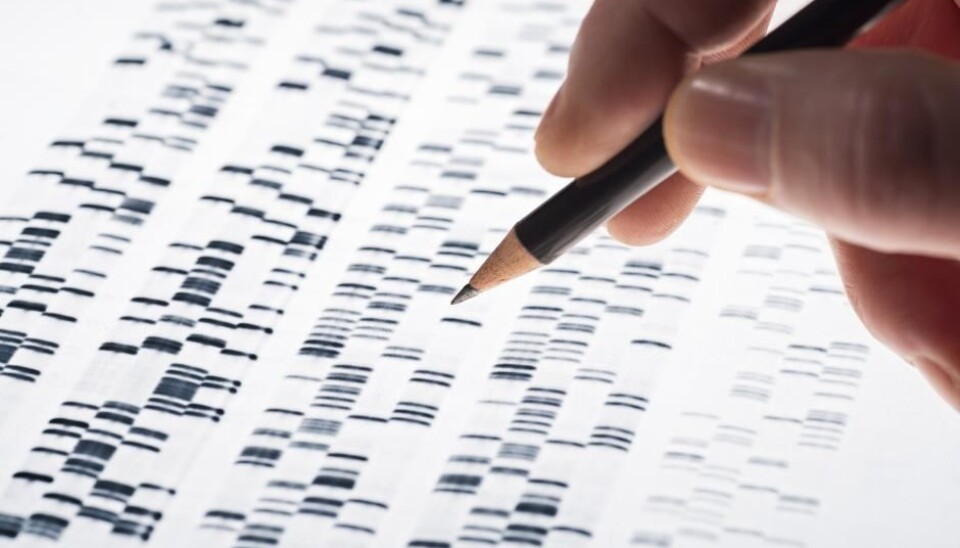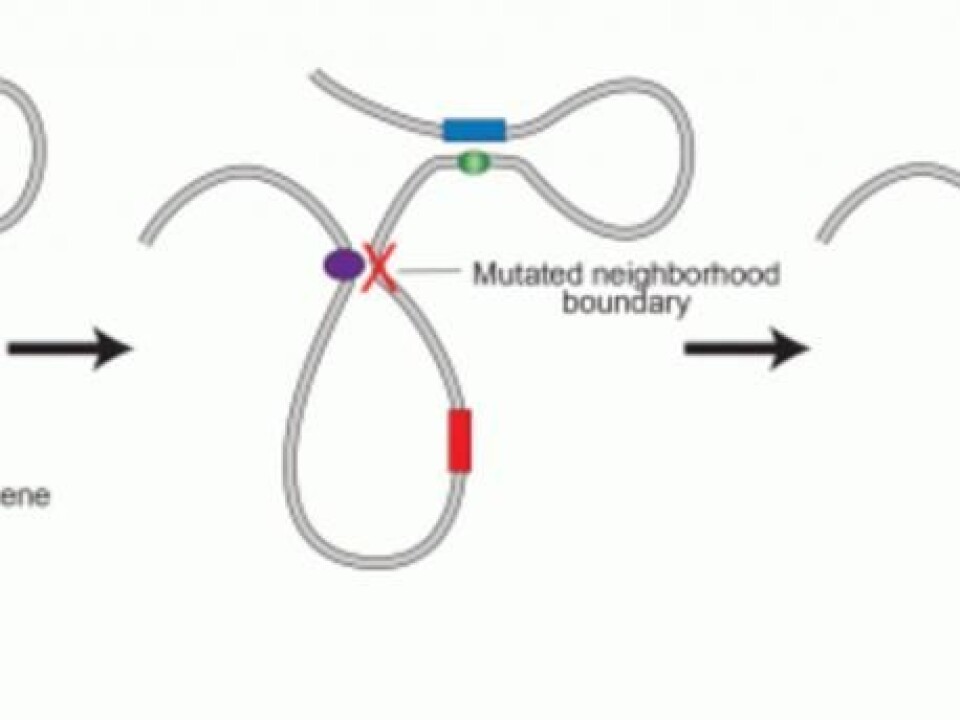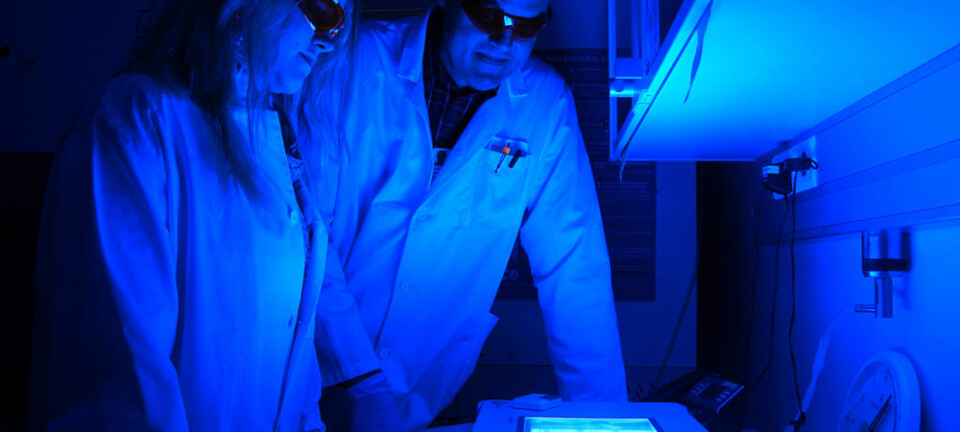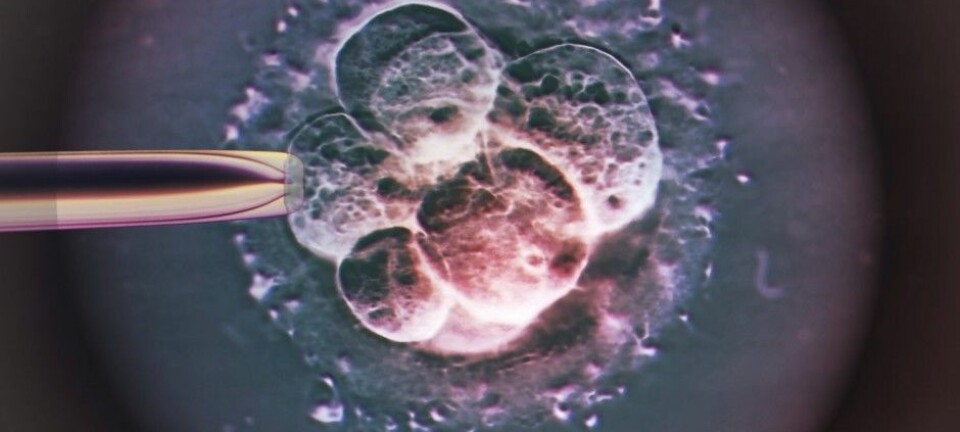
Scientists find new mechanism to explain development of cancer
Breakthrough in cancer gene research could lead to improved treatments, says scientists behind discovery.
Scientists have taken a big step forward in trying to understand how cancer cells are activated.
The way in which DNA is arranged inside the cells has a big influence on the individual genes that develop into cancer genes, the so-called ‘oncogenes.’
“It’s a completely new mechanism for the development of cancer. In the future, it can contribute to improving both cancer diagnosis and treatment,” says co-author Rasmus Otkjær Bak from Aarhus University, Denmark, who is currently working at Stanford University, USA, with support from the Danish Council for Independent Research.
The new study is published in the journal Science.
Mutation destroys DNA-structures

The scientists discovered that an essential mechanism for whether or not a cancer gene become active is related to the DNA structure where DNA folds itself into loops.
“If you take a cord and hold it in two places and at the same time bring these points together, you create a loop. Where your fingers hold on to the chord is called a node. In a DNA-loop these nodes are held together by proteins,” says Bak.
“Normally, a cancer gene remains inactive, because it is isolated in a loop, which is a bounded area of DNA. The problem occurs when the loop suddenly loses its structure due to a mutation,” he says.
“If you get a gene-mutation in one of the nodes, the protein cannot form a loop and so it isn’t isolated any more. This means that some control areas, which sit outside the loop and don’t have access to the area, can now come into the vicinity of the cancer gene and activate them,” he says.
A destroyed loop increases cancer activity
After studying the enormous amount of available data on cancer patients, Bak and his colleagues discovered that many of the patients had mutations in these nodes.
They designed experiments to destroy the loop formation using a method known as CRISPR--which can be described as molecular scissors that can cut a strand of DNA at a precise location. They saw that the cancer genes became much more active as a result.
“It's a whole new paradigm in cancer and genetics--that the three dimensional structure of genes is so important in terms of preventing them from turning into cancer cells,” says Bak.
A new paradigm in cancer research
Cancer scientist, Joachim Weischenfeldt, from the Biotech Research and Innovation Centre at the University of Copenhagen, Denmark, agrees that the new results are a paradigm shift in cancer research.
“Based on the accumulated knowledge of the past two or three years, we can see that there’s a clear shift in the way we think that cancer genes become active and are regulated,” says Weischenfeldt.
“It’s not so surprising, because previous studies have shown that we can activate cancer genes by changing the 3D-structure of DNA. For example by introducing gene-activated elements of DNA from another location of the genome, into the vicinity of the cancer gene,” he says.
Nonetheless, seeing how vital the DNA structure is in activating cancer genes is interesting, says Weischenfeldt.
“The study really helps to cement a new thought process, because it shows that the cancer genes can be activated when the 3D-DNA structure is destroyed, without changing the cancer genes’ DNA. That’s really interesting,” he says.
---------------
Read the Danish version of this article on Videnskab.dk
Translated by: Catherine Jex









